Research Research Highlights
Research Highlights
Research Highlights
Research Highlights
Research Highlights 미리보기
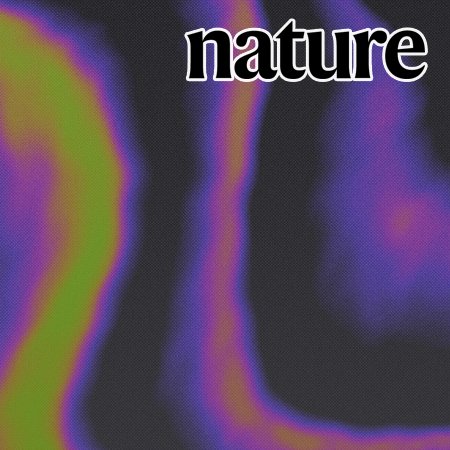
Atomic lift-off of epitaxial membranes for cooling-free infrared detection
Prof. Celesta S. Chang
Professor Celesta S. Chang's research team from the Department of Physics and Astronomy has developed an 'Atomic Lift-Off' technique that enables the production of ultrathin, freestanding perovskite oxide membranes—paving the way for high-performance, cooling-free infrared sensors.
Research Highlights Board
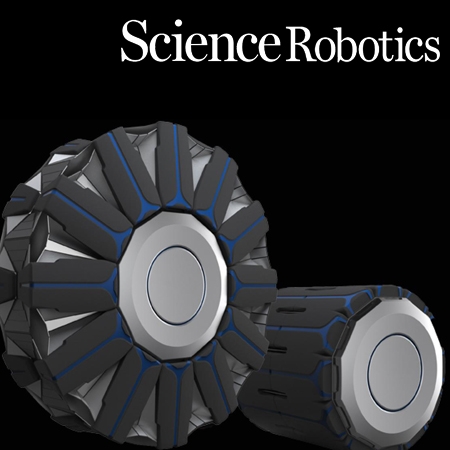
High–load capacity origami transformable wheel
Prof. Kyu-Jin Cho
Composite membrane origami has been an efficient and effective method for constructing transformable mechanisms while considerably simplifying their design, fabrication, and assembly; however, its limited load-bearing capability has restricted its application potential.

Professor Byung-Gon Chun's Research Team develop the World Leading Fuzzing Technology That Finds Key Errors in Cryptocurrency Ethereum
Prof. Byung-Gon Chun
Professor Byung-Gon Chun and Dr. Youngseok Yang of the Department of Computer Science and Engineering at Seoul National University developed a multi-transaction differential fuzzer to find Ethereum consensus bugs through their joint research with Professor Taesoo Kim of the Georgia Institute of Technology.
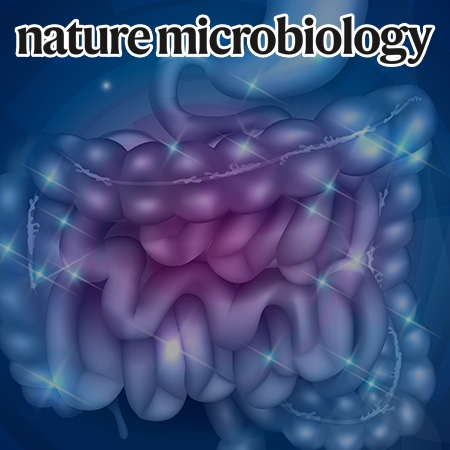
Akkermansia muciniphila secretes a glucagon-like peptide-1-inducing protein that improves glucose homeostasis and ameliorates metabolic disease in mice
Prof. GwangPyo Ko
The gut microbiota, which includes Akkermansia muciniphila, is known to modulate energy metabolism, glucose tolerance, immune system maturation and function in humans.
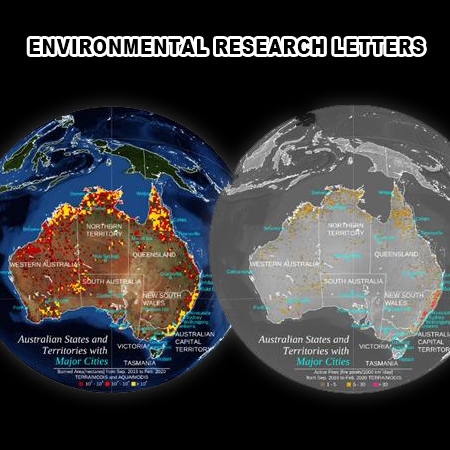
Direct radiative forcing of biomass burning aerosols from the extensive Australian wildfires in 2019–2020
Prof. Sujong Jeong
In 2019, an unusually strong positive Indian Ocean Dipole spawned hot and dry weather in southeastern Australia, which promoted devastating wildfires in the period from September 2019 to February 2020.
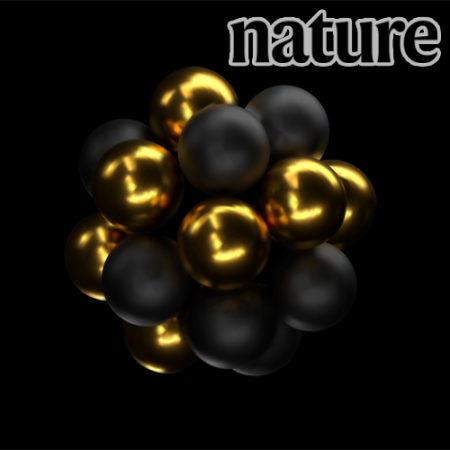
Three-dimensional nanoprinting via charged aerosol jets
Prof. Mansoo Choi
Here we introduce a technique for direct 3D printing of arrays of metal nanostructures with flexible geometry and feature sizes down to hundreds of nanometres, using various materials.
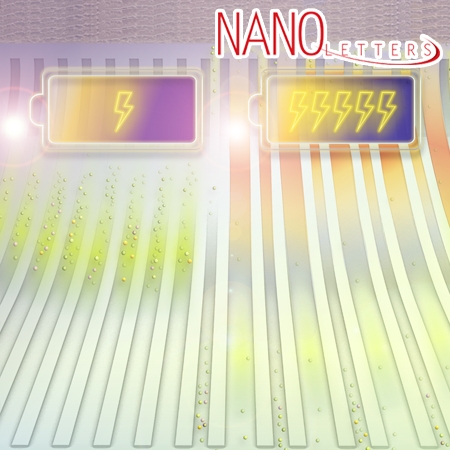
Overlimiting Current in Nonuniform Arrays of Microchannels: Recirculating Flow and Anticrystallization
Prof. Sung Jae Kim
Overlimiting current (OLC) through electrolytes interfaced with perm-selective membranes has been extensively researched for understanding fundamental nano-electrokinetics and developing efficient engineering applications.
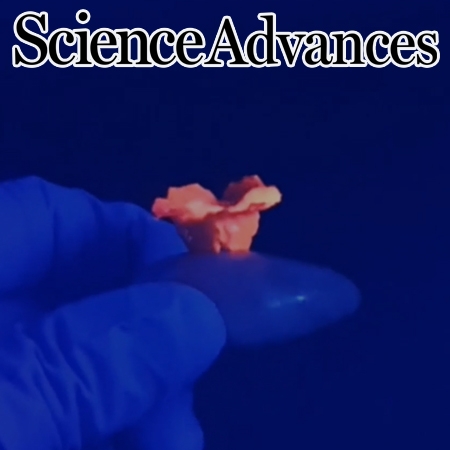
Direct 2D-to-3D transformation of pen drawings
Prof. Sunghoon Kwon
Pen drawing is a method that allows simple, inexpensive, and intuitive two-dimensional (2D) fabrication. To integrate such advantages of pen drawing in fabricating 3D objects, we developed a 3D fabrication technology that can directly transform pen-drawn 2D precursors into 3D geometries.

Lenslet VR: Thin, Flat and Wide-FOV Virtual Reality Display Using Fresnel Lens and Lenslet Array
Prof. Byoungho Lee
We propose a new thin and flat virtual reality (VR) display design using a Fresnel lenslet array, a Fresnel lens, and a polarization-based optical folding technique. The proposed optical system has a wide field of view (FOV) of 102˚×102˚, a wide eye-box of 8.8 mm, and an ergonomic eye-relief of 20 mm. Simultaneously, o...

A new ankylosaurid skeleton from the Upper Cretaceous Baruungoyot Formation of Mongolia: its implications for ankylosaurid postcranial evolution
Prof. Yuong-Nam Lee
A new articulated postcranial specimen of an indeterminate ankylosaurid dinosaur from the Upper Cretaceous (middle-upper Campanian) Baruungoyot Formation from Hermiin Tsav, southern Gobi Desert, Mongolia includes twelve dorsal vertebrae, ribs, pectoral girdles, forelimbs, pelvic girdles, hind limbs, and free osteoderms.

Effects of extreme temperature on China's tea production
Prof. Sujong Jeong
The production of tea (Camellia sinensis (L.) Kuntze), the world's second most consumed beverage, is susceptible to extreme weather events. However, our understanding about the impacts of extreme temperatures and climate change on tea yields remains fairly limited.

Long-read sequencing and de novo genome assemblies reveal complex chromosome end structures caused by telomere dysfunction at the single nucleotide level
Prof. Junho Lee
Karyotype change and subsequent evolution is triggered by chromosome fusion and rearrangement events, which often occur when telomeres become dysfunctional.
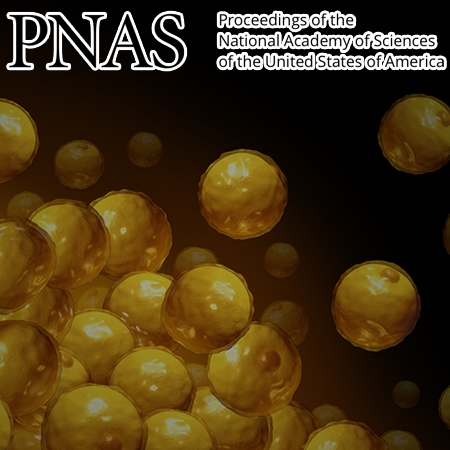
DNMT1 maintains metabolic fitness of adipocytes through acting as an epigenetic safeguard of mitochondrial dynamics
Prof. Jae Bum Kim
White adipose tissue (WAT) is a key regulator of systemic energy metabolism, and impaired WAT plasticity characterized by enlargement of preexisting adipocytes associates with WAT dysfunction, obesity, and metabolic complications.

